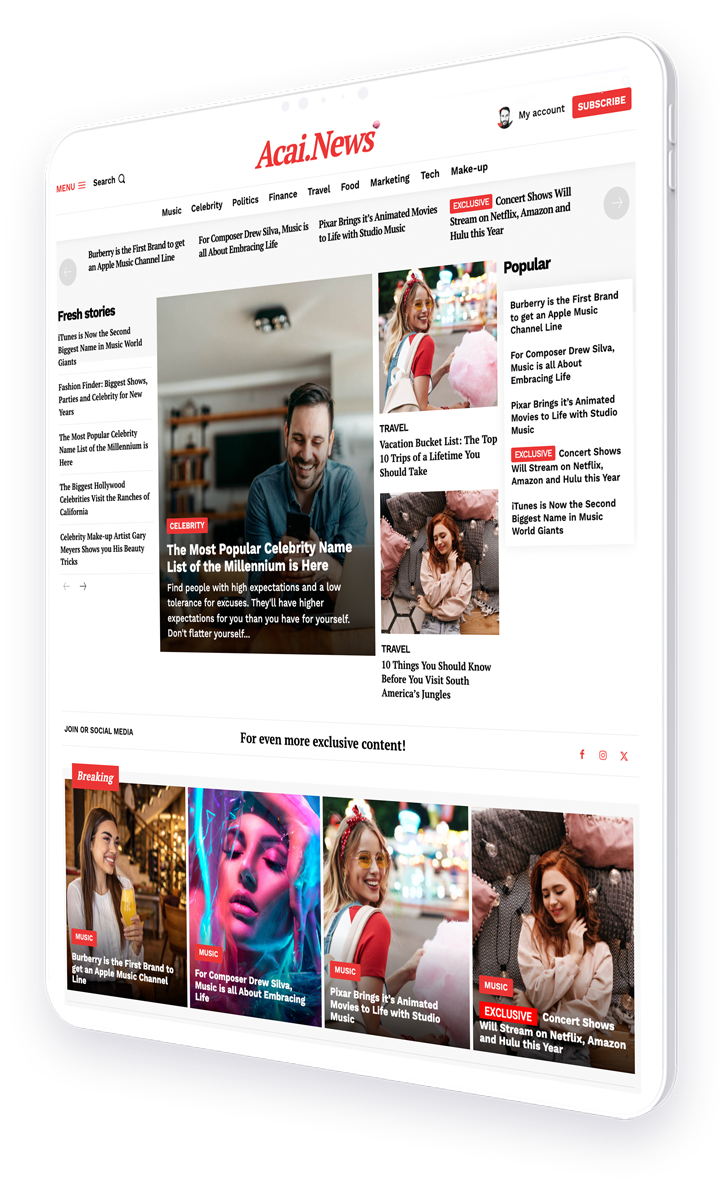How artificial intelligence can help reflect diverse voices and cultural nuances in content
As the world becomes increasingly interconnected, the demand for diverse and inclusive content in media and publications has never been more critical. Magazines, both digital and print, play a significant role in shaping public opinion and cultural trends. However, ensuring a wide range of voices and perspectives are represented can be a daunting task, especially at scale. This is where artificial intelligence (AI) comes into play, offering revolutionary tools to enhance editorial diversity and inclusivity.
- Introduction to AI in Publishing
- Why Editorial Diversity Matters
- AI Tools for Enhancing Diversity
- Case Studies
- Challenges and Considerations
- The Future of AI in Diverse Editorial Content
- Conclusion
Introduction to AI in Publishing
The integration of AI in the publishing industry has been transformative, offering capabilities ranging from automated content generation to sophisticated data analysis and audience targeting. However, one of the most promising applications of AI is in promoting editorial diversity. This involves using AI to identify and mitigate biases, enhance the representation of minority voices, and tailor content to cater to a global audience.
Why Editorial Diversity Matters
Editorial diversity is not just a moral imperative but also a business strategy. Diverse content appeals to a broader audience, fostering greater engagement and loyalty among readers. Moreover, it enriches the discourse within publications, offering multiple viewpoints and a richer understanding of global issues.
AI Tools for Enhancing Diversity
Several AI tools and technologies can be leveraged to boost diversity in magazine content:
- Content analysis algorithms: These tools scan existing content to identify bias and gaps in representation. They help editors understand what perspectives might be missing and guide them in commissioning new content.
- Machine learning models: Used to predict audience reaction to different topics, these models can help in curating a more balanced content slate that resonates with diverse reader groups.
- Automated content generation: AI can assist in creating content that reflects a wider array of cultures and viewpoints, particularly in languages and regions that might be underrepresented in the media.
Case Studies
Several leading publications have successfully integrated AI to enhance editorial diversity:
- The Global Magazine: Utilized AI to analyze reader feedback and social media trends to identify underrepresented topics and voices in their articles.
- Diverse Voices Newsroom: Implemented a machine learning model to ensure that the sentiment and language used in articles did not favor any particular gender or ethnic group.
Challenges and Considerations
While AI offers significant advantages, there are challenges to consider:
- Data bias: AI systems are only as good as the data they are trained on. Biased data can lead to biased AI recommendations.
- Over-reliance on technology: It’s crucial to maintain human oversight to ensure that AI tools do not override editorial judgment.
The Future of AI in Diverse Editorial Content
The potential of AI in enhancing editorial diversity is immense. As technology advances, AI tools are expected to become more sophisticated, offering more nuanced and granular insights into content diversity.
Conclusion
AI-driven tools offer promising solutions to the challenge of building inclusive magazines at scale. By leveraging AI for editorial tasks, publications can ensure that their content is not only diverse but also resonant with a global audience. As we move forward, the synergy between human editorial skills and artificial intelligence will be pivotal in shaping a more inclusive media landscape.
For further reading on AI and its impact on media, visit Nieman Lab.




